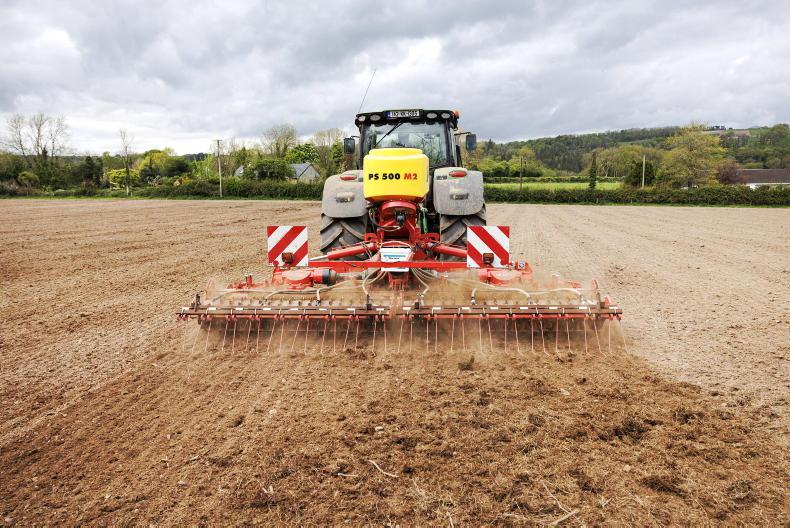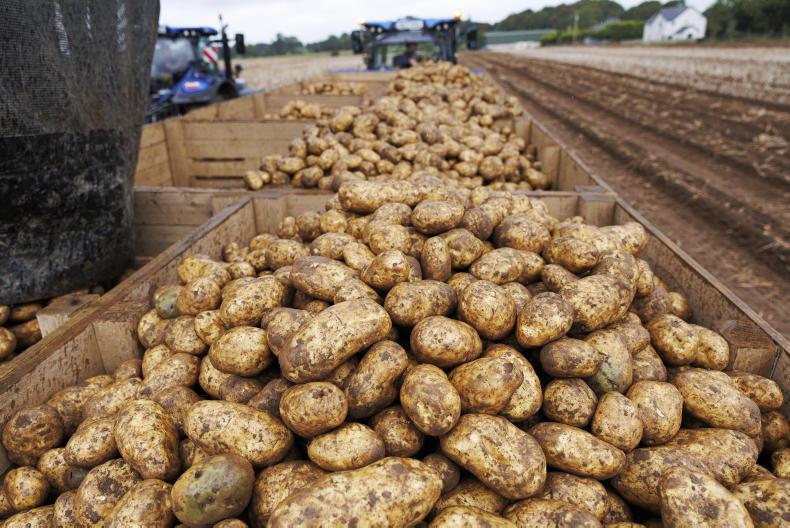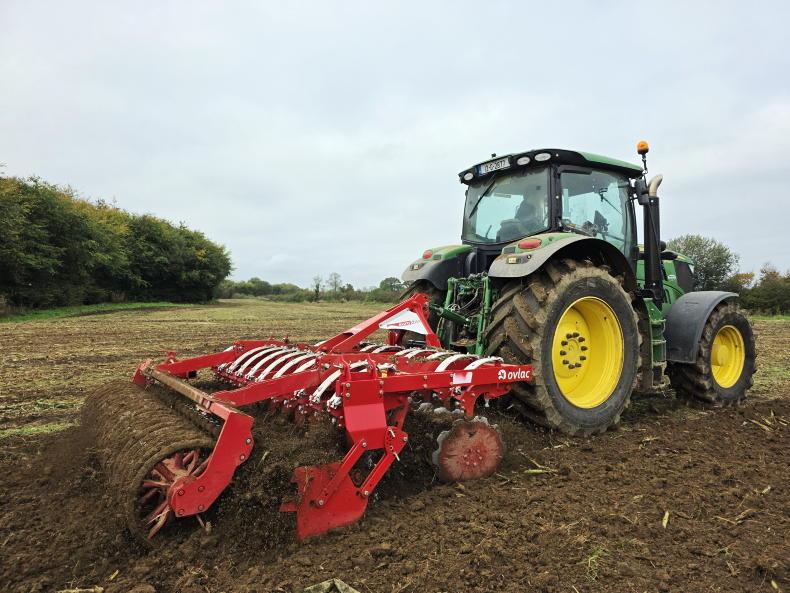Over the next few months farmers will be reseeding, some will be availing of the multispecies sward and red clover schemes, but outside of this all should have clover in reseeds.
There is a requirement under Ag Climatise to have clover in all reseeds by 2022.
Planting clover will help to reduce artificial nitrogen use on farms, provided it establishes properly and is allowed to grow.
Clover fixes nitrogen and if nitrogen is still being applied at high rates it will not have a job to do and will start to disappear from the sward.
Many farmers will be new to multispecies and indeed clover.
The most important place to start when planting clover is with a set of soil samples. Anyone who is thinking of planting these swards needs to be targeting soil with a pH of 6.5 and phosphorus and potassium indices of 3.
Soil pH is most important and farmers with plenty of experience with clover will often remark that the clover does well where the soil pH is at optimum levels.
Clover is the essential part that farmers should focus on when reseeding with nitrogen reductions in mind. Yes, in multispecies there are advantages to rooting depths and there might be benefits to animal health and performance, but the grass or chicory and plantain will not grow if they are not fed with nutrition and nitrogen in particular which will come from the clover.
So, if the clover doesn’t strike these swards are in trouble.
Soil pH is most important and farmers with plenty of experience with clover will often remark that the clover does well where the soil pH is at optimum levels and is visibly poorer on low pH soils.
With this in mind, look at your soil samples and spread lime where it is needed to improve soil pH levels.
It is usually recommended to apply a small amount of nitrogen when planting clover or multispecies swards as the clover will not fix nitrogen until it has grown into a plant and formed rhizomes which it uses to fix the nitrogen.
P and K are important here too to give the seed nutrients from the off. Roots will not be developed to forage for P and K for some time, so having it close to the seed is important.
This might be applied in the form of slurry in some cases.
Seedbed preparation
Seedbed preparation will differ depending on different situations. Many farmers will be able to use minimum tillage to establish swards.
If there is a major weed problem in the sward which is being reseeded, then this needs to be addressed.
For example, if there is an infestation of docks, fields should be sprayed with glyphosate and ploughed to bury the seed. Remember, farms under a nitrates derogation cannot plough from 31 May.
There are few options when it comes to clover-safe herbicides.
There is currently an emergency use allowance granted for June, July and August.
Planting under the schemes
If you are taking part in the schemes you must follow the appropriate steps.
The seed must be purchased by 31 August and planted by 30 September.
If you were successful in applying for the scheme you will or should have received a letter from the Department of Agriculture. This should be brought to the seed supplier when purchasing the seed. The letter will say how much seed can be purchased under the measure.
The applicant to the scheme then has to submit a sales declaration form to the co-op or retailer. This form includes the applicant’s name, their herd number and the quantity of seed approved.
The bags in the scheme are 12kg in weight and are to sow one acre. If you want to sow at a higher seeding rate you may purchase extra bags, but they will not be paid for under the scheme. The Department-approved mixes have to be purchased under the scheme.









SHARING OPTIONS